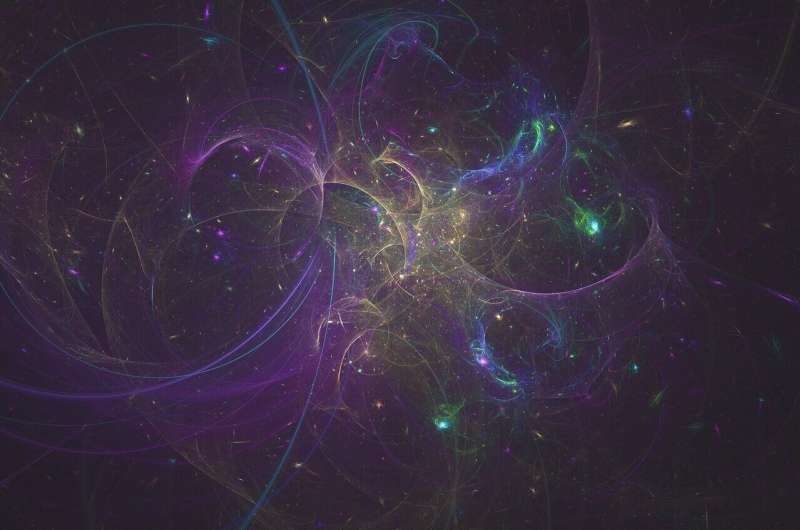Research looks at entropy generation from hydrodynamic mixing in ICF experiments

Research conducted at Lawrence Livermore National Laboratory (LLNL) is taking a closer look at entropy—the measure of internal energy per unit temperature that is unavailable for doing useful work—in experiments at the National Ignition Facility (NIF).
Work by LLNL physicist Peter Amendt is highlighted as an Editor’s Pick in Physics of Plasma, showing that an added entropy increase (or measure of disorder or randomness) from atomic mixing of hydrogen fuel with high density carbon capsule material in implosion experiments at NIF may result in less fuel compression than is simulated with mainline computational tools. Any shortfall in compression can potentially affect the path to demonstrating high thermonuclear energy gain (>5) on the NIF.
Amendt said the transition to a pure mixed state between thermonuclear fuel and carbon ablator may result in the generation of entropy from atomic species mixing.
“Such an entropy increase limits the amount of internal energy that can be converted to useful mechanical energy for compressing the fuel,” he said. “This process of transitioning from a heterogeneous, unmixed, two-component flow to a fully mixed fluid state is not currently included in mainline simulation tools.”
Indeed, sub-grid mix models are widely used in current simulation tools to model the effects of imposed mixing across a hydrodynamically unstable material interface on inertial confinement fusion (ICF) performance. However, the generation of entropy from mixing in transitioning from the two states immediately before and after the mixing transition occurs is generally not included.
Amendt explained the work by imagining two vessels of identical gases at different temperatures separated by a removable partition that are allowed to mix.
“The change in entropy between the final mixed and initial unmixed states depends on the ratio of initial temperatures,” he said. “Now, consider the case of a partition that is stationary but thermally conducting. Eventually, the two vessels will equilibrate to the same final temperature as in the mixing scenario.”
In the latter case, entropy is generated by conduction through the membrane without any exchange of particles. The generation of entropy via conduction is well-modeled in mainline simulation tools, but the former mix-generated processes of temperature equilibration can add further to the degree of unwanted entropy production in an ICF implosion.
Amendt said the work may shed light on how to routinely incorporate the entropy of mixing in mainline design codes.
“Such a capability may establish the role of entropy generation from mixing in degraded fuel compressions that are experimentally inferred,” he said.
Partition function zeros are a ‘shortcut’ to thermodynamic calculations on quantum computers
Peter Amendt, Entropy generation from hydrodynamic mixing in inertial confinement fusion indirect-drive targets, Physics of Plasmas (2021). DOI: 10.1063/5.0049114
Citation:
Research looks at entropy generation from hydrodynamic mixing in ICF experiments (2021, November 23)
retrieved 23 November 2021
from https://phys.org/news/2021-11-entropy-hydrodynamic-icf.html
This document is subject to copyright. Apart from any fair dealing for the purpose of private study or research, no
part may be reproduced without the written permission. The content is provided for information purposes only.
For all the latest Science News Click Here
For the latest news and updates, follow us on Google News.

